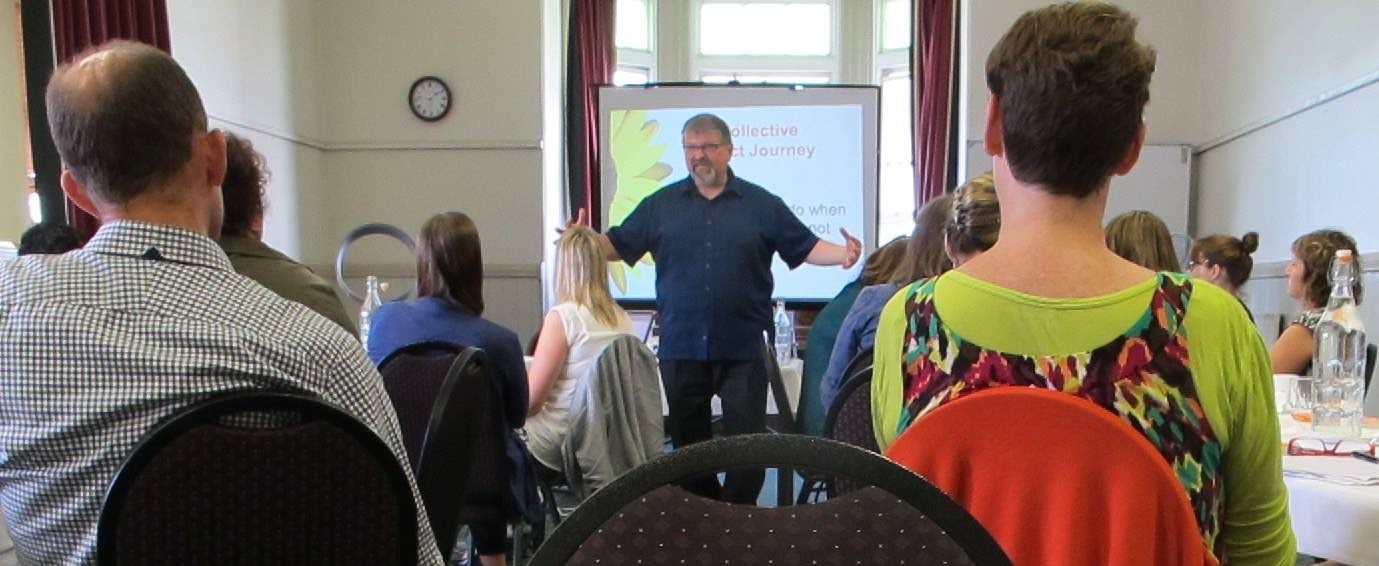Contribution vs Attribution
A major mindset shift is required to understand the impact of collaborative community change. We need to shift our thinking away from attribution to contribution.
I will be teaching a workshop in Alberta next month with my associate Mark Cabaj who first introduced me to this idea. It has for me become one of the most central ideas in fostering large scale collaboration.
Attribution thinking is used to determine the extent to which the changes that emerge in a community are attributable to the activities of the would-be changemakers or some other non-intervention factors. This approach, though useful in evaluating the effects of a specific intervention, limits our analysis and draws us away from the multiple factors or contributions that realized the change.1
Contribution thinking acknowledges multiple factors that underlie an observed change and seeks to understand the contribution of the community or collective effort activities. The idea behind contribution thinking is to simply acknowledge that the named intervention is only one of many factors behind a community change and that our objective is to assess the relative contribution of the intervention. Contribution thinking can positively affect our progress to whole community change in the following ways:
Contribution thinking encourages us to seek out multiple contributors toward a specific outcome. This is important in community change since it fosters a culture of cooperation rather than competition. When we seek to attribute an outcome specifically to our work, we become more concerned about how our specific effort created an intended result. With contribution thinking, we consider the intended result and then consider the various organizations that worked together to enable this outcome.
Contribution thinking urges us to consider the multiple factors that result in an outcome. In large-scale change very few issues that matter have simple causes. When we accept that a comprehensive approach to change is required, we can recognize the multiple interventions that exist in a community to address this, and we seek to share how each intervention is contributing to better outcomes.
Contribution thinking provides a lens into the whole system of support and leads us to identify the gap in service that requires bridging to be more effective. In this way, we can link programs and services so that they are working more effectively.
Contribution thinking moves funders to think holistically and ask: How does this project we are funding contribute to the overall well-being of the community? How is it improving the broader outcomes we are hoping for?



